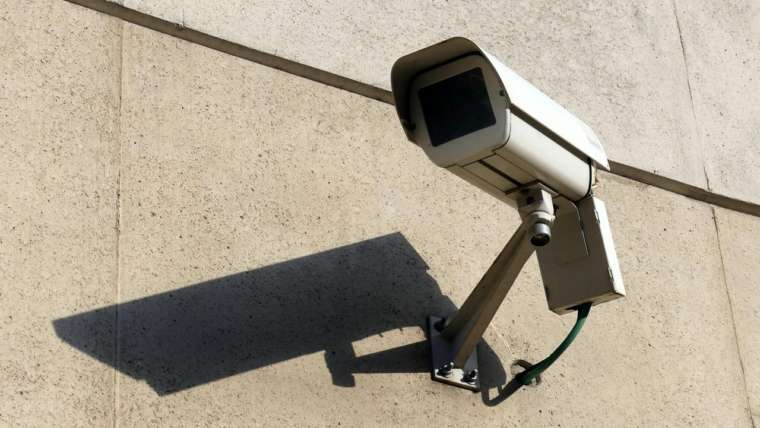The penalty for non-payment of fines is currently the second punitive sanction for which Spaniards are deprived of liberty. This is after the prison sentence itself. The Spanish Legislative Power decided to give criminal treatment to those who fail to comply with these pecuniary obligations.
Its purpose is to prevent impunity on the part of the obligor with respect to compliance with the penalty due to financial insolvency. This will not be declared by simple voluntary non-payment, but by forced execution. It is definitely something you should be aware of to avoid future penalties, and here we help you to do so.
Law basis for the subsidiary sanction for non-payment of a fine
The legal basis for accessory criminal liability for non-payment of fines is provided for in the Spanish Penal Code. The former establishes precise and detailed elements in this regard.
Specifically, Article 35 declares this situation as one of the contraventions subject to penalties aimed at restricting the freedom of the individual. This involves satisfying, through imprisonment, the fines imposed by sentence that have not been paid.
How is the term of imprisonment for non-payment of fines calculated?
The manner of calculating the time of restriction of liberty for non-payment of fines is contemplated in Article 53.1 (Penal Code). It points out some details to consider, such as:

The person prosecuted for such offense shall be punished with a sentence equivalent to one day for every two unsatisfied (daily) quotas.
To calculate this time, the number of unpaid fine installments will be considered and divided by two (No. of installments/2).
To visualize it better, let’s take as an example a person who was charged a 12-month penalty with a daily fee of €20. Under such assumption, 6 months of imprisonment would be imposed. But for offenses considered minor, permanent localization could be applied as a sanction.
Likewise, with the consent of the convicted person, the judge may apply community work as an alternative payment. This is on the basis of one working day per day of restriction on their freedom.
How to change the length and form of imprisonment for non-payment of a fine?
It could happen that the convicted person has partially paid the installments contemplated in the sentence, which would imply certain benefits for the convicted person. Let’s imagine a person sentenced to 400 daily payment installments and who only paid 100 of these. Here the infringement of his freedom would be related to the 300 unsatisfied quotas.
Thus, applying the formula referred to above to calculate the term of the sentence, a specific amount would be left. We are talking about a total of 150 days (300 divided by 2) of deprivation of liberty or, alternatively, community service for non-payment of a fine.
Another important aspect to consider is that, once freedom is restricted, the sanctioned party may cancel the debt. For if during the execution of his sentence he pays what is due, he will be released by virtue of the satisfaction of his obligations. This, of course, discounting the days in which he has been deprived of liberty.
Maximum time of deprivation of liberty
The criminal code establishes limits with respect to penalties derived from subsidiary personal liability for non-payment of fines. This involves the following:
Article 50.3 imposes a maximum limit of 2 years. This, due to the formula referred to, implies a maximum of 1 year of imprisonment.
Article 53.3 states that subsidiary liabilities may not be imposed for prison sentences exceeding 5 years.
Thus, for many criminal lawyers, this rule prevents impunity within the rule of law, but for others it violates the constitutional principle of equality. It only penalizes people in a state of poverty who are unable to meet their financial obligations.


